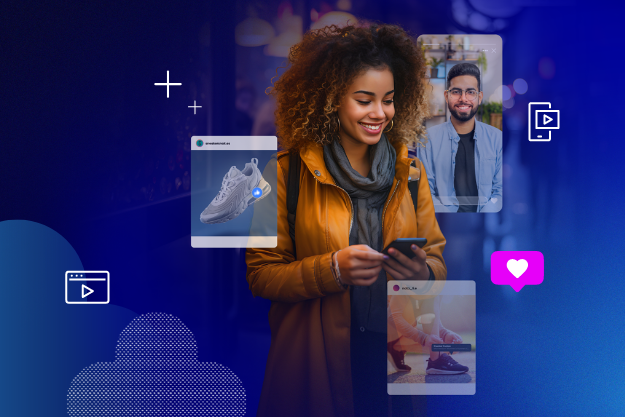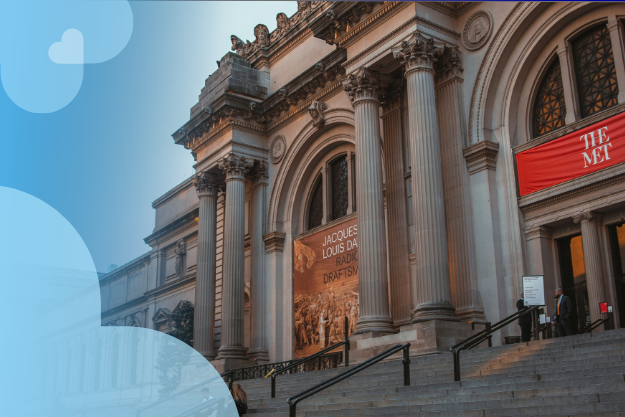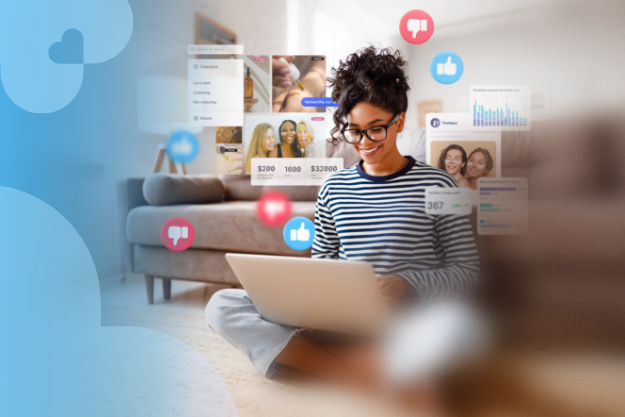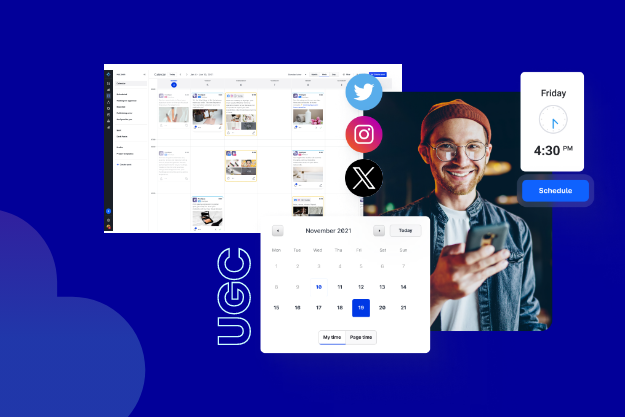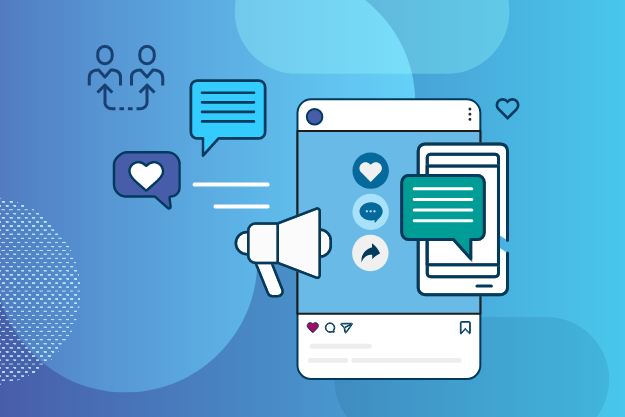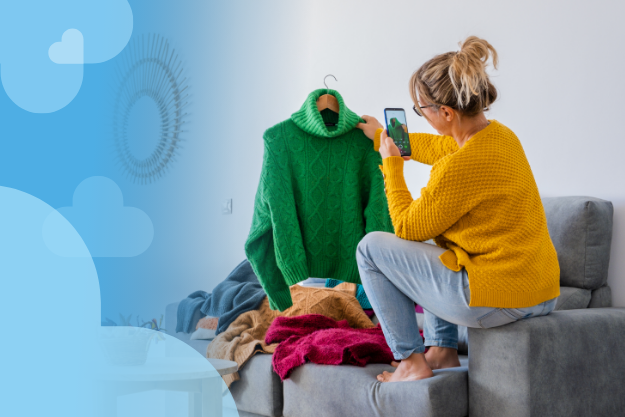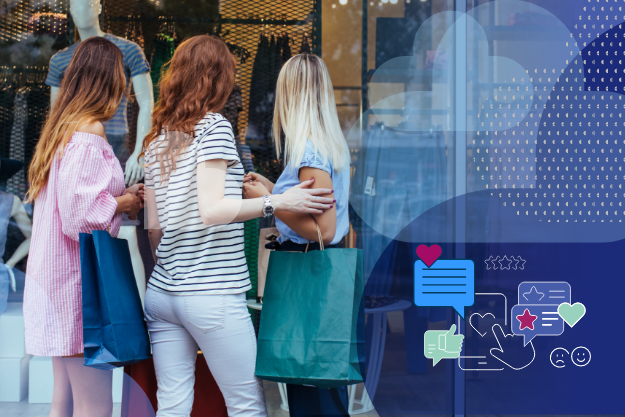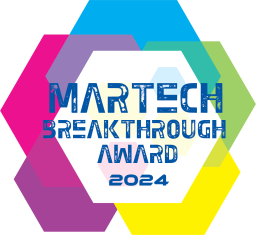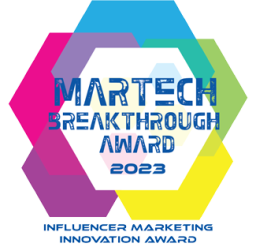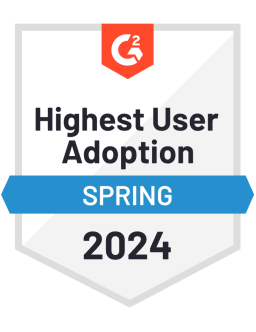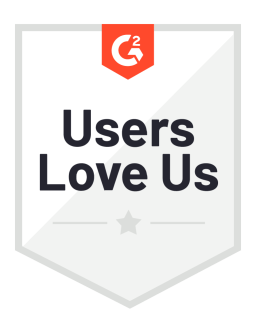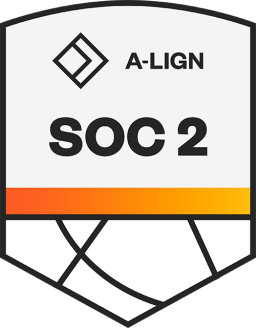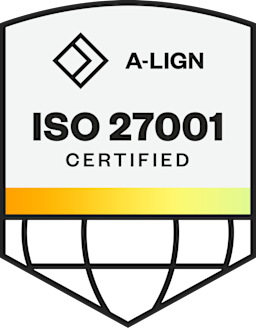Chatbots are critical to providing superior service to visitors right from your homepage. But making your chatbot feel as human as possible without missing out on service opportunities can be tough. While chatbots are amazing when it comes to providing businesses with automated customer service, they're even better for helping new potentials go through the conversion funnel.
For brands to create human connections that meet the customer service requirements of today's consumers, brands should look at incorporating user-generated content with their chatbots.
Understanding the basics of chatbots and their limits
In a nutshell, a chatbot is a programmed chat interface users can interact with. The idea is to mimic human behavior and make the customer feel as if they are being helped by an actual employee. Of course, we all know it's just artificial intelligence doing what it does best.
When it comes to chatbot consumer interaction and intricacy, you have two options:
Basic Chatbot: Your basic chatbot reacts to pre-ordained keywords or commands written by your developer. These bots are simpler to implement, but have limited functionality, as they need an algorithm pre-programmed to answer consumer problems.
Advanced Chatbot: This is where the real magic happens. Your more advanced chatbots make use of Artificial Intelligence to communicate with your web traffic. They are able to essentially "learn" adequate responses for keywords, commands, and phrases entered by the user - Siri is a good example of this. When it comes to incorporating some UGC marketing strategies within our chatbot functionality, this advanced AI coding will be needed to get to the goals that we want to reach.
Combining user-generated content with chatbots is a natural progression for community-driven brands. In practice, this idea has seldom been tested, but there are plenty of potential use cases for enterprising brands looking to take their chatbot and UGC game to the next level.
Abandoned cart reminders via Facebook Messenger
Cole Haan created a unique use case for chatbots. If a customer views a product on the website but leaves the page before making a purchase, their Facebook Messenger bot comes in handy. If the product they viewed has a UGC image assigned to it, then the user would get a Facebook message a few days later that asked the user if they were still interested in the product, with the style shown through the UGC images.
This clever use case relied on the user connecting their Facebook account to their Cole Haan account but ultimately helped bride the gap between the brand's social community and their sales funnel – juicing even more value out of their engaged audience.
Using keyword phrases and AI to pull user reviews on a product
When we think about popular ways to build brand trust, word of mouth should be the first thing that comes to mind. Marketing studies show that 91% of younger consumers place more value on actually seeing a customer review for themselves on a website like Yelp instead of through a brand-controlled review system. But, searching Yelp and other review sites is a lot of effort. Why not be completely transparent with your potential consumers and build an open-door review system where users can get their reviews posted into a system for specific products and services?
When a user opens up your website for the first time, the chatbot can list a couple of commands for different features you have available. One of these features can be "Show random review for X product/service." If users type in the keyword and the product, the chatbot will automatically pull from the last five user-submitted reviews, showing that you care about transparency and the thoughts of your customers.
A famous example of a user-generated chatbot is the Coca-Cola chatbot on Viber that targeted Bulgarian customers with their Rakuten Viber messaging app, tracking subscribers, and engagement. They partnered with Vivoom to create an experience that invited customers to #beSanta and select from a list of good deeds to spread holiday cheer. Followers of the Coca-Cola chatbot were given a link to share their videos on Viber to their friends. This chain of events increased Viber subscriptions by 45%, with more than 1.5 million engagements.
What To Keep In Mind: In theory, this idea could be revolutionary. However, we do have to keep in mind that spambots exist and may leave untruthful reviews. So, even though we want to keep it as transparent as possible, you will need to implement some form of verification. For example, a unique product identifier key that customers need to enter in order to leave a review helps maintain some security.
The 'show-me' tool that features users interacting with your product
How often have you been scrolling through the website of an online clothing store, and wondered what the clothes would actually look like on you? Even just with wearing glasses, it's so hard to browse online before going into the store for the final purchase. Why not give your users the ability to see what fellow customers have purchased, and how they pull off the style?
Using UGC you have already collected from existing customers, you can help new customers understand how the product looks on a person just like themselves. These images can then be loaded into the AI for your chatbot to use when certain commands are called. From here, a new user could type in a query such as "What would X product look like on me," and the chatbot can use its new media gallery to pull the relevant images for the customer to review. This will help them get a better grasp of the product style and improve the likelihood of them going through the conversion phase of the sales funnel.
The future of chatbots
The power of chatbots, when enriched with UGC, is a surefire way to bring a more authentic and connected community feel to your website. Remember that automation doesn't have to become impersonal. In fact, automation should primarily be used to build better customer experiences – and that starts with showcasing the right content for your audience, in the channels they're engaging in most.
Editor's Note: This article was originally published on pixlee.com. Any statistics or statements included in this article were current at the time of original publication.














